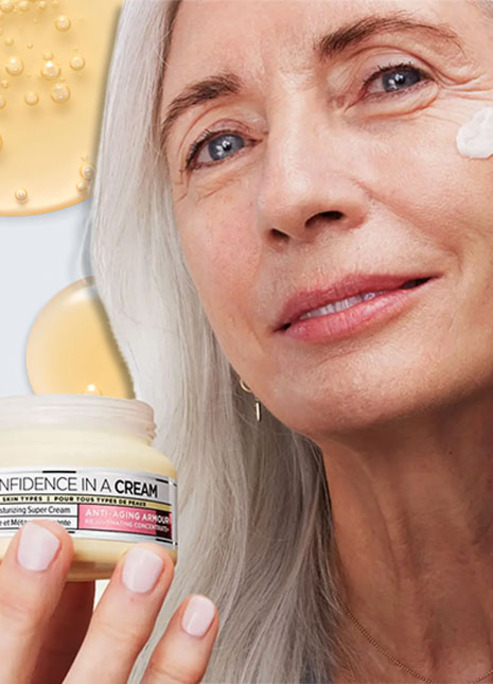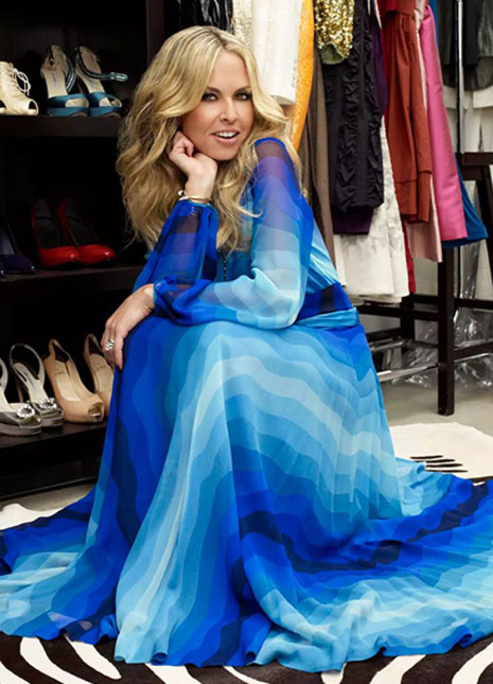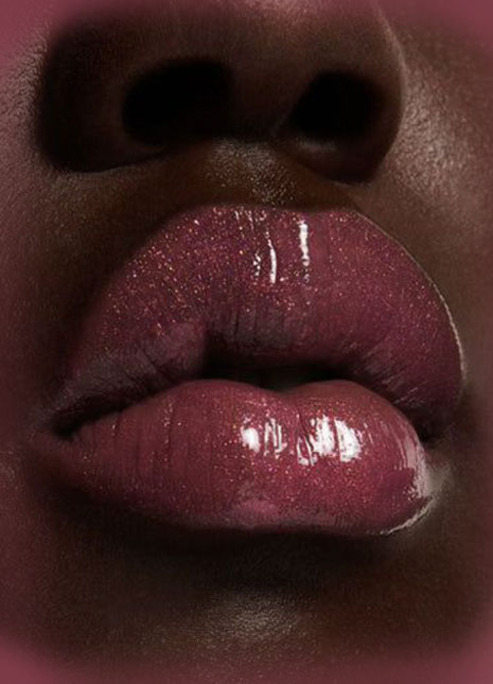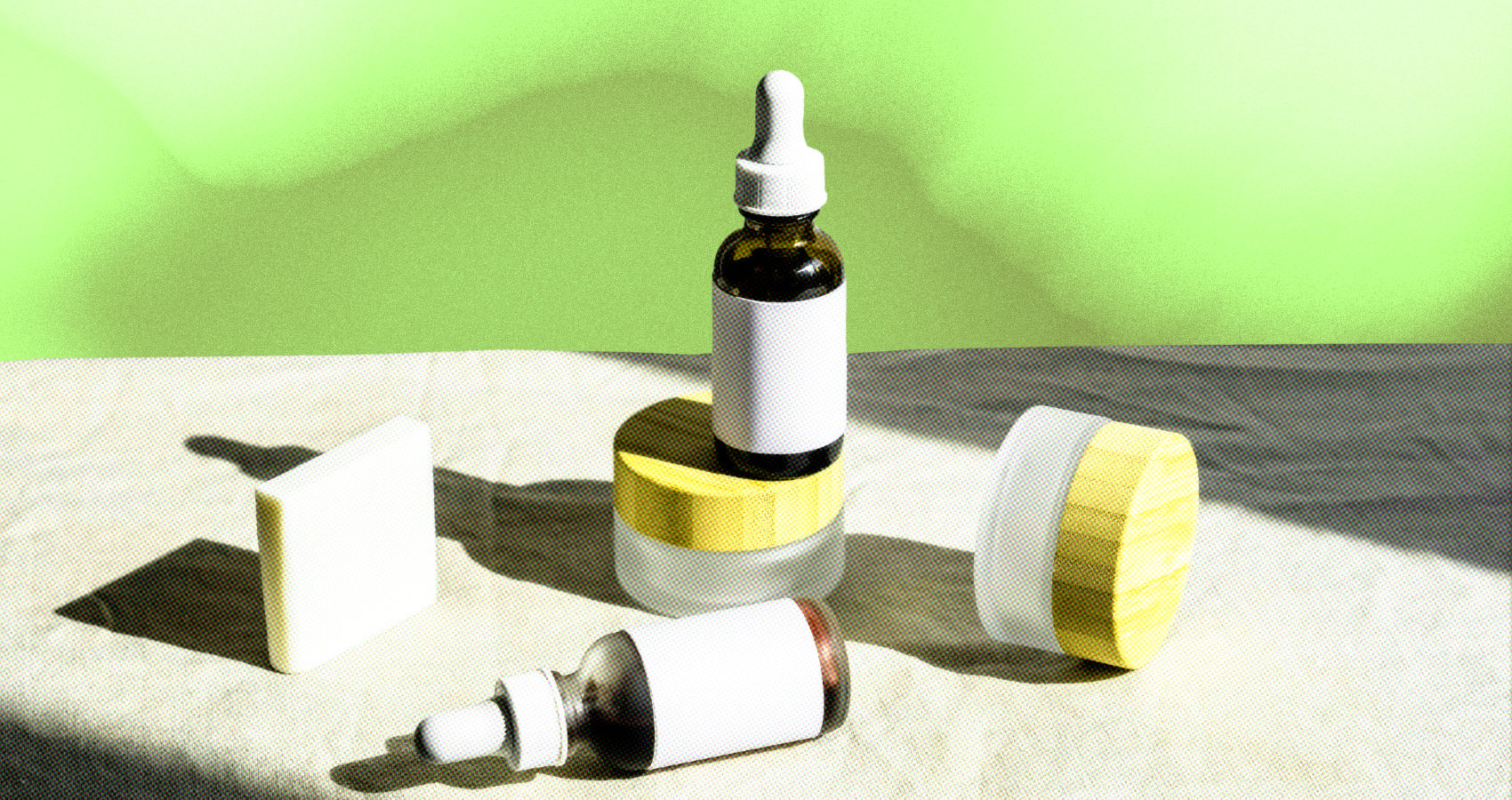
Eco-Friendly Beauty Tips for Beginners
Simple tips for a greener skincare routine.
Conversations about environmental conservation are understandably becoming more common. The need to shift to more environmentally friendly and sustainable measures is becoming a dire concern, and the beauty industry has made sustainability one of its core priorities. These eco-friendly beauty tips for beginners, as suggested by clicking https://researchpaperwriter.net, explore the industry's measures to conserve the environment.
Top Eco-Friendly Beauty Tips for Beginners
Eco-friendly tips go beyond suggesting specific products. They transcend manufacturers' efforts. As a consumer, you, too, have a role to play in the ecosystem, especially since you are the center of the chain. You ought to understand your role and how to minimize the impact and channel the funds you would otherwise waste on unnecessary beauty items to boost your knowledge.
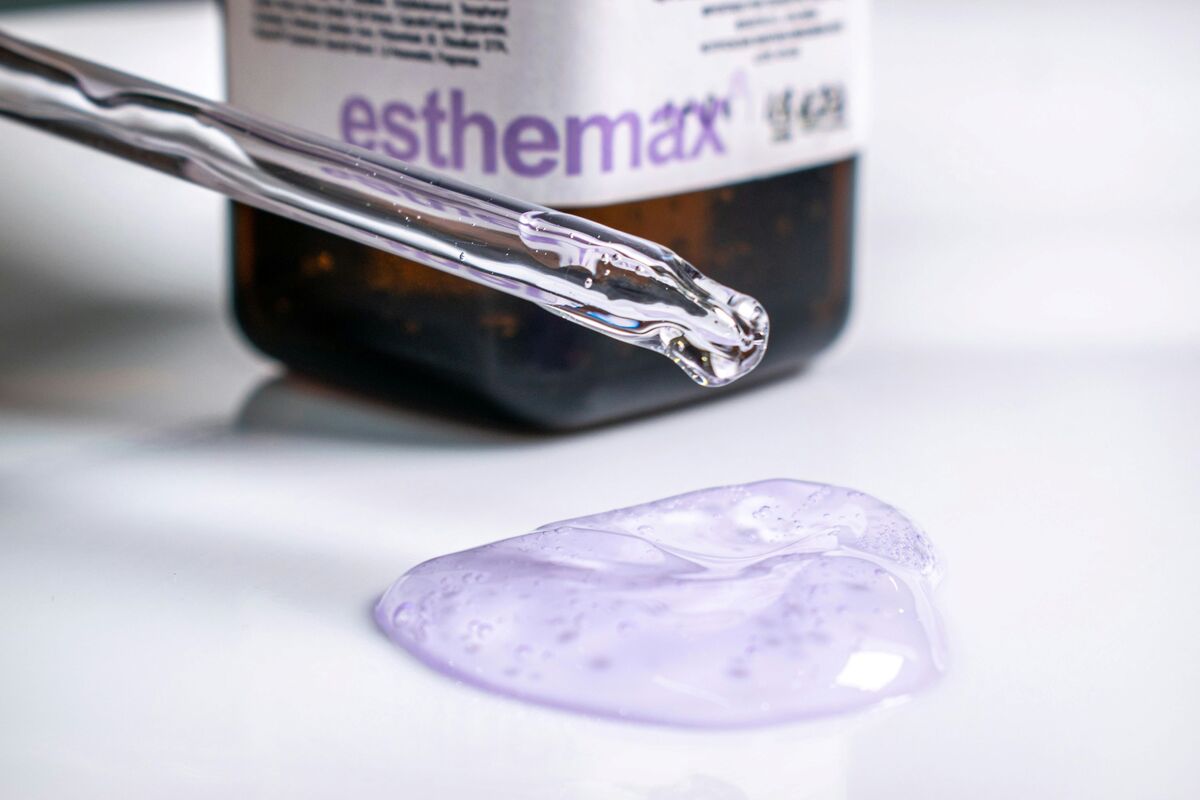
Your role goes beyond separating ethical makeup and beauty products from the rest. Use this criteria to establish how business brands measure up to eco-friendly beauty products:
1. Ingredients
One of the fundamental ways of determining whether a beauty product is eco-friendly is to cross-check its ingredients list. And no, it goes beyond the packaging material.
Studies have shown how toxic chemicals in beauty products are washed into water systems, causing dire effects on the ecosystem. Aquatic life has borne the price of these effects. The most common chemicals are octinoxate and oxybenzone, found in chemical-based sunscreen. The two chemicals are known to bleach corals.
As a consumer, you must refrain from purchasing products with these harmful chemicals. If 1,000 people did their part by not using beauty products with harmful chemicals, the ripple effect would be impactful to the environment.
2. Cruelty-freeness
The basis of ethical beauty is its cruelty-freeness. Most countries have been proactive about this step in determining what products to release to their markets. For instance, animal testing for cosmetic products has been discouraged in countries like Turkey, Switzerland, New Zealand, India, Australia, and the UK. Some American states have banned the sale of animal-tested cosmetic products.
This is undoubtedly a step in the right direction in a broader lens. However, the term cruelty-free has been subject to discussion, with differing definitions. As a result, as the consumer, you must take precautions when purchasing a product.
For instance, a product might or might not have a cruelty-free label. However, you are encouraged to cross-check the ingredients before purchasing a product.
3. Vegan
Third, you need to check beauty products for the presence of animal-derived ingredients. Even though using these ingredients might prove safe, it is paramount to consider how they are derived, mostly without harming animals.
Vegan-based products are more lenient toward wildlife. Look for certifications like the Vegan Trademark on beauty products to ascertain that they are vegan-based.
However, this approach does insinuate that vegan-based beauty products are cruelty-free. As such, you need to go the extra mile to ensure that the products are cruelty-free by cross-checking the ingredients list to ensure that there are no parabens.
Eco-friendly beauty practices
Having established how much you ought to do as a consumer when selecting products, it is paramount to explore eco-friendly practices when using the products.
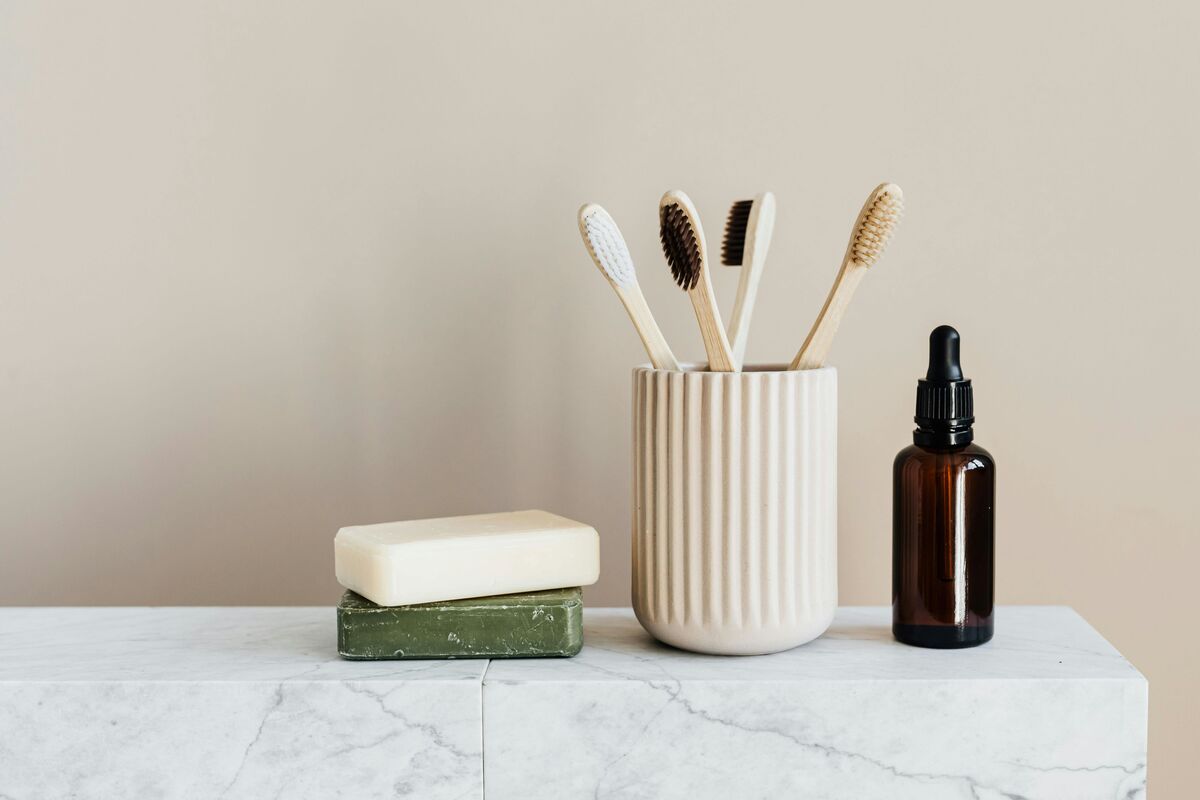
1. Less is more
The misconception that you need tens of products to enhance your beauty is a hoax. Minimalism also transcends the beauty industry. As a consumer, consider getting what you need, not what you want. For instance, reduce your share of pollution on skin care by bringing the products your skin needs, not what you want.
For instance, a basic skincare routine comprises a cleanser, moisturizer, and sunscreen. You can build it up depending on your concerns, preferably after consulting a skin specialist.
2. Use up your products
Still, minimalist and sustainable ways of consuming skincare products involve using up products before repurchasing. Instead of replenishing a whole range, buying the specific products you need makes more financial sense.
3. Proper disposal of packaging material
On most occasions, beauty products are packaged in non-biodegradable packaging. As such, you are responsible for minimizing how much you pollute the environment through recycling and reusing the packaging material. Use them as homemade organizers and candle holders.
4. Research
Immersing yourself in research is the focal point of determining whether a beauty product is good for your skin. However, it might be the trickiest part of embracing an eco-friendly beauty routine, especially due to the greenwashing of "natural" products, whose regulation is proving difficult.
As such, it is paramount to look into brands with a microscopic lens by focusing on these elements:
- The brand's values
- The brand's ethics and how much emphasis they put into environmental conservation
- The brand's product certification
- How the brand spends its money and whether it is actively involved in any charities
- The brand's transparency in the composition of its products
- The brand's product range and patterns in its release of products
For more details, buy essays online to expand your knowledge base on what goes into creating these products.
5. Labels
Researching the brand is a step in the right direction, although you must put in extra effort to read product labels before purchasing them. While at it, you must broaden your knowledge of the ingredients and those you should avoid when shopping. Remember, exposure to harmful chemicals in beauty products can cause permanent damage or predispose you to skin conditions and cancers.
6. Minimalism
Sustainability is one critical approach to environmental conservation. It entails buying quality products that your skin needs. Doing so prevents product overbuying and overwhelm, which would otherwise dent you financially or cause your skin distress.
Embracing minimalism makes it easier to determine what products to change in case of a skin reaction. On a larger scale, it reduces the amount of waste one contributes to the environment, reducing pollution and environmental degradation.
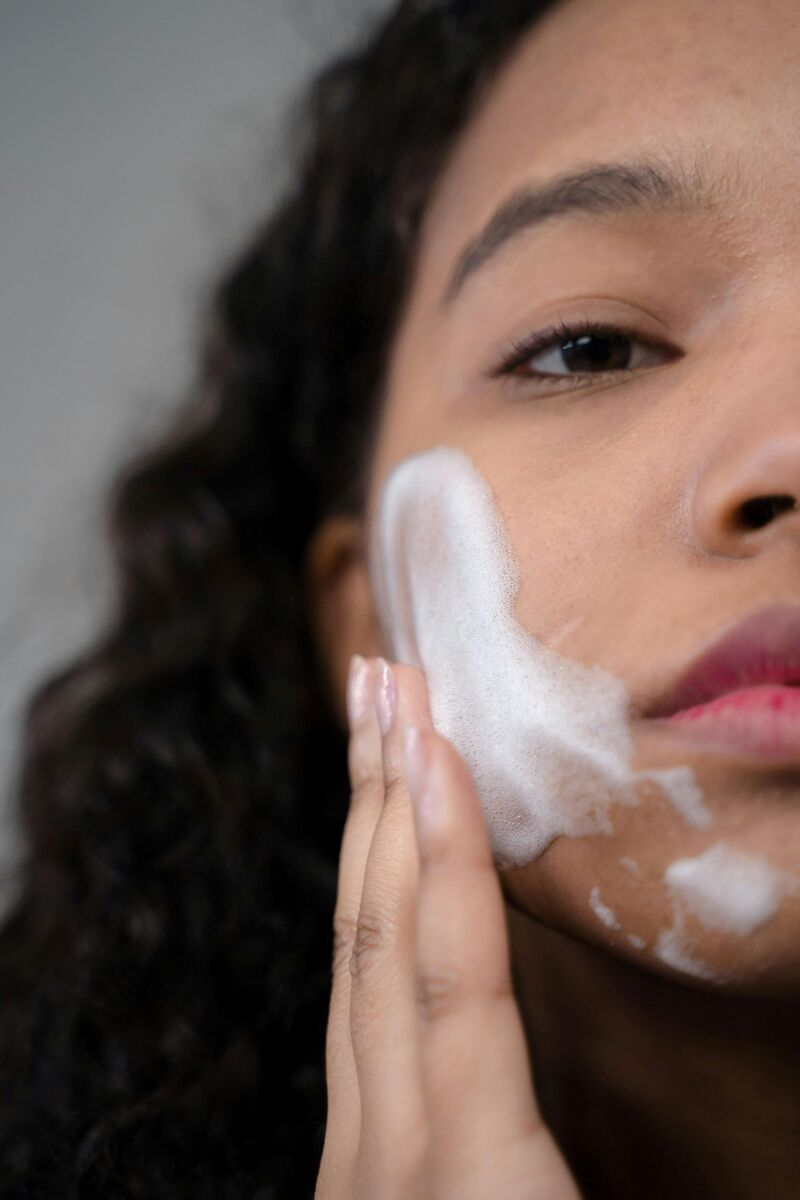
7. Don't allow wipes in your bathroom
One of the primary reasons you should buy beauty products and tools is that they are environmentally friendly. Makeup wipes are convenient, but how long do they really take to break down? Opt for reusable makeup remover pads, cotton towels or muslin cloths instead. You can use these options for the long term; you only need to wash them. N) The best part is they do not have to be replaced as often as the makeup wipe.
8. Water
Statistics have shown a decline in water resources, prompting us to up our game in water conservation as a measure of environmental preservation. Water conservation entails reducing your consumption. For instance, you do not have to have a tap running when brushing your teeth or washing your face. Instead, consider turning it off when you do not need it.
As highlighted above, as a consumer of beauty products, you have a significant role in conserving the environment. These eco-friendly beauty tips for beginners highlight the foundation ways of approaching the topic while maintaining sustainability.



